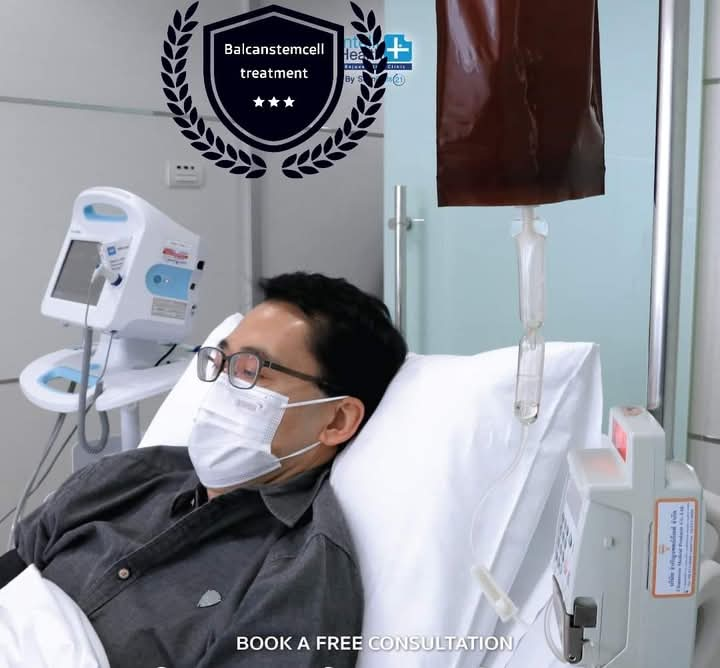The research, led by the International Agency for Research on Cancer (IARC) under the World Health Organization (WHO), paints a sobering picture. Yet, it also offers hope. Around three-quarters of these cases—roughly 76 percent—could be prevented by tackling a single, well-known culprit: Helicobacter pylori infection.
Gastric cancer, often called stomach cancer, is not a new foe. It remains the fifth leading cause of cancer death worldwide, claiming nearly a million new cases in 2022 alone, according to GLOBOCAN data. While rates have dropped in many high-income countries over the past several decades, the disease continues to exact a heavy toll, especially in East Asia, Central and South America, and parts of Eastern Europe. The numbers are stark, but the story behind them is even more compelling.
Most cases of gastric cancer develop in the non-cardia region of the stomach, below the junction with the oesophagus. Since the early 1990s, scientists have identified H. pylori as the main driver. This spiral-shaped bacterium colonises the stomach lining, causing chronic inflammation.
Over years, sometimes decades, this inflammation can progress to pre-cancerous changes and, eventually, malignant tumours. The good news? H. pylori infection is curable. A short course of antibiotics and proton-pump inhibitors can eradicate the bacterium, making gastric cancer one of the few infection-related cancers that is, in theory, almost entirely preventable.
Despite this knowledge, few countries have implemented large-scale, population-based H. pylori screening and treatment programmes. Most still rely on symptom-driven endoscopy, usually in older adults. This approach misses the opportunity to intervene early, before pre-cancerous changes take hold. Meanwhile, fewer than half of countries have robust cancer registries to track trends and guide policy. The result is a patchwork of prevention, with millions of children and teenagers facing a risk that could be dramatically reduced.
The new study takes a different approach from previous research. Instead of looking at cross-sectional data—snapshots of cancer rates at a single point in time—the researchers built a lifecourse model. They combined national age-specific gastric cancer incidence rates from GLOBOCAN 2022 with United Nations demographic projections. Focusing on children born between 2008 and 2017, they estimated the total number of gastric cancer cases these cohorts will face over their lifetimes, assuming no major changes in prevention or treatment.
To account for uncertainty, the team used Monte Carlo simulations. This method reflects variability in cancer incidence, the proportion of cases affecting different stomach regions, and mortality forecasts. The result: a projected 15.6 million new gastric cancer cases globally among this young cohort, with a 95 percent uncertainty interval ranging from 14.0 to 17.3 million.
The regional breakdown is revealing. Asia will bear the brunt, with two-thirds of cases—about 10.6 million—expected to arise there. China and India alone account for 6.5 million of these. The Americas follow with 2.0 million cases, Africa with 1.7 million, and Europe with 1.2 million. Oceania contributes less than 1 percent. Traditionally high-incidence countries like Japan, South Korea, and Belarus will continue to face a heavy burden. However, demographic shifts mean that almost half of cases—42 percent—will occur in areas currently considered low to intermediate risk.
Sub-Saharan Africa stands out as a future hotspot. The study projects that the lifetime gastric cancer burden in these young cohorts could be six times higher than current cross-sectional estimates for 2022. This surge is driven by rapid population growth and improving life expectancy, without corresponding advances in cancer prevention. It is a striking, counter-revolution finding. Even if incidence rates per person remain stable or fall, the sheer number of people living longer will drive up the absolute number of cases.
The role of H. pylori is central to this story. By applying established estimates of the fraction of gastric cancers attributable to the bacterium—89 percent for non-cardia disease, 29 percent for cardia cancers outside East Asia, and up to 62 percent in China—the researchers calculated that 76 percent of the projected 15.6 million cases could be prevented through effective eradication. That is more than 10 million lives potentially spared from a deadly cancer.
Population-based H. pylori screen-and-treat programmes have shown promise. If fully implemented, they could cut lifetime gastric cancer risk by up to 75 percent. Even under more conservative assumptions—where 80 to 90 percent of the population is reached—risk reductions of 60 to 67 percent are possible. By contrast, even if non-cardia incidence declines by 3 percent per year, reflecting improved hygiene and socio-economic conditions, the overall burden would still be higher than today’s figures, due to demographic pressures.
Yet, real-world implementation remains limited. Only a handful of locations have moved beyond opportunistic treatment. In Japan, residents of the Matsu Islands aged 18 to 75 now receive insurance-backed H. pylori eradication when gastritis is found on endoscopy. Bhutan’s national health plan for 2020 to 2023 pioneered a population-based screen-and-treat approach, paired with upper gastrointestinal endoscopy in older adults. In Europe, pilot projects under the EU’s Beating Cancer Plan—such as the EUROHELICAN initiative—are assessing feasibility, cost, and the impact on antibiotic resistance. Across North and South America, and most of Africa, comprehensive programmes are absent.
Even in countries with endoscopy screening, such as South Korea, Japan, and parts of China, the focus is on early detection rather than primary prevention. This approach is akin to catching cervical cancer early, rather than vaccinating against human papillomavirus to prevent it in the first place. The opportunity to treat H. pylori infection before pre-cancerous changes develop is being missed.
The benefits of eradicating H. pylori extend beyond cancer prevention. The bacterium is a major cause of peptic ulcer disease, dyspepsia, iron-deficiency anaemia, and even idiopathic thrombocytopenic purpura. A wider screen-and-treat programme would relieve health systems of substantial morbidity and costs, freeing up resources for other priorities.



